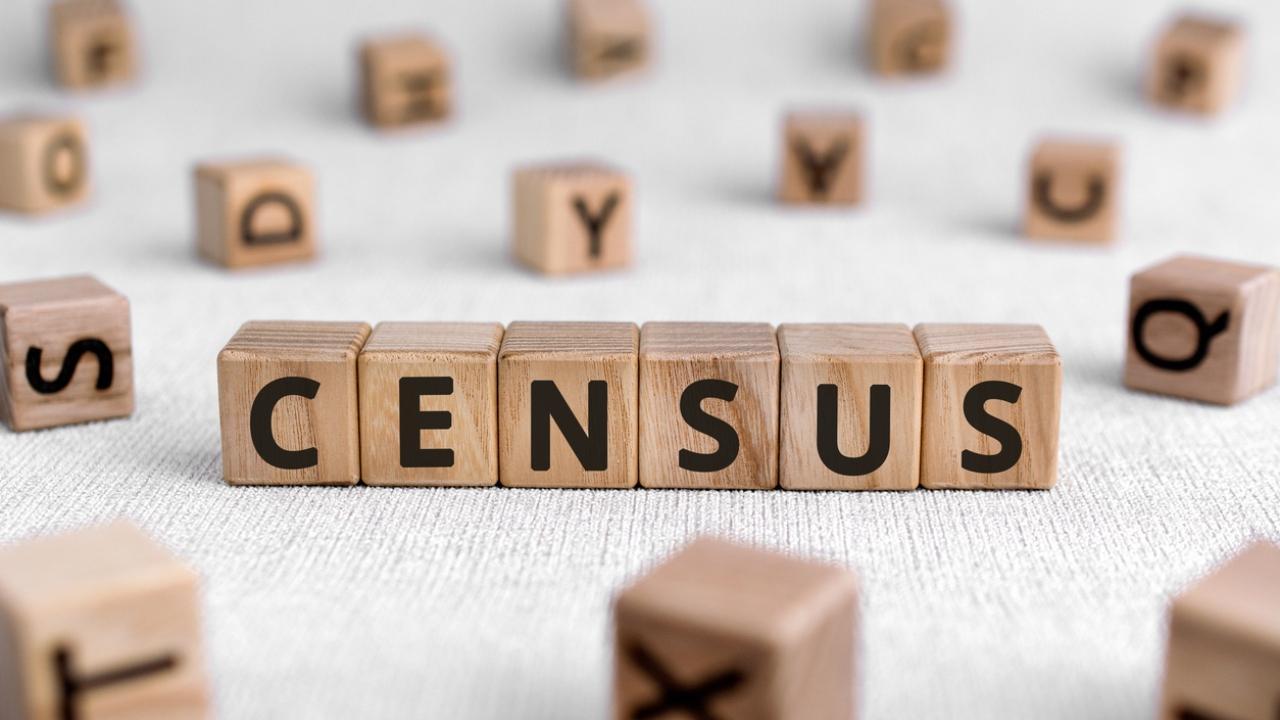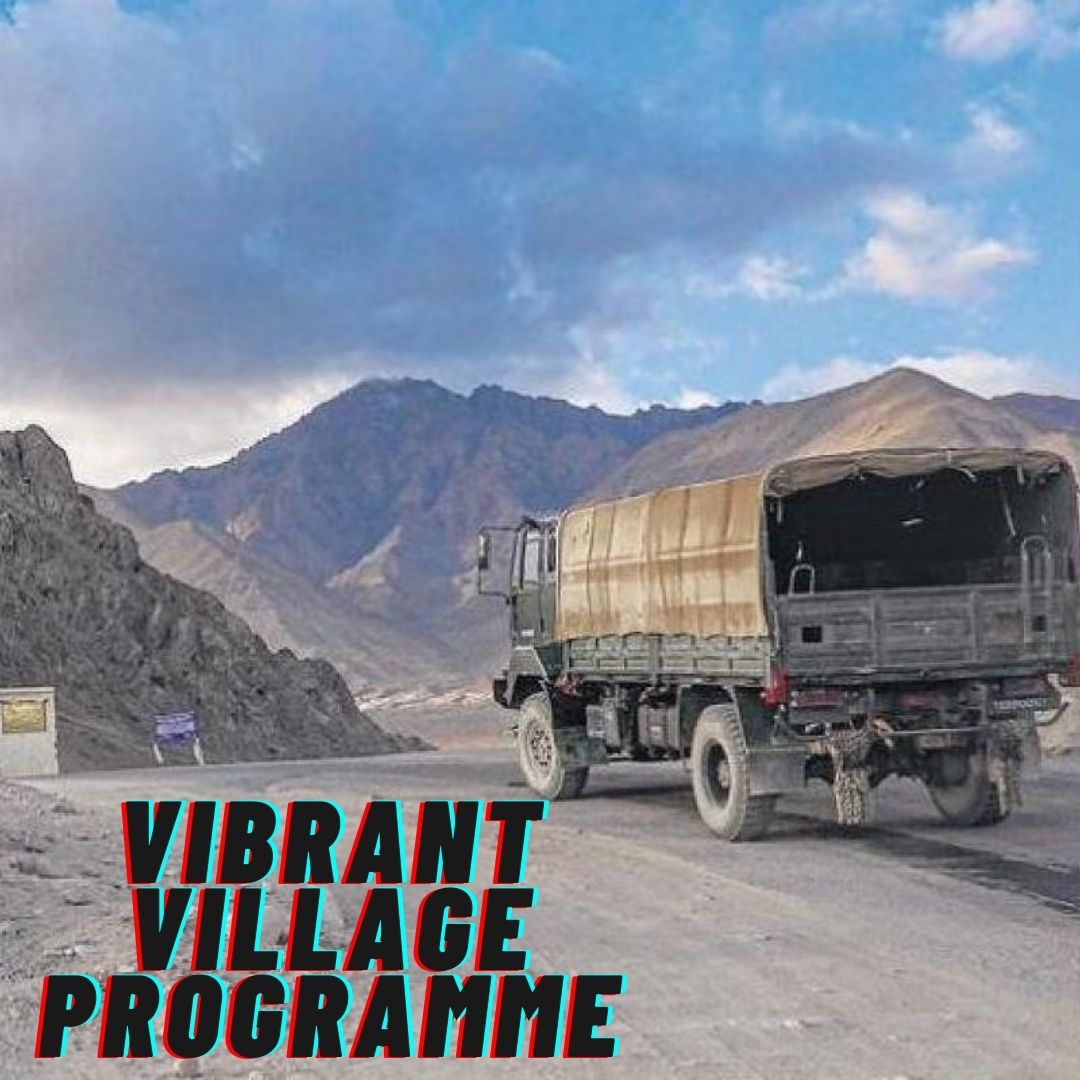The decennial census has been delayed until at least September, after the government informed states that the date for freezing administrative boundaries had been extended until June 30.

What is the Indian Census?
- As of 2021, India’s decennial census has been conducted 16 times.
- While it has been done every ten years since 1872 under British Viceroy Lord Mayo, the first full census was taken in 1881.
- Since 1949, it has been carried out by the Registrar General and Census Commissioner of India, who works for the Ministry of Home Affairs.
- Since 1951, all censuses in India have been conducted in accordance with the Census of India Act of 1948.
- The most recent census was in 2011, with the next scheduled for 2021. However, due to the COVID-19 pandemic, it has been postponed.
What is the census’s purpose?
- To collect information for the Central and State Governments’ policy planning and formulation.
- The census reveals who we are and where we are headed as a country.
- It assists the federal government in determining how to distribute funds and assistance to states and municipalities.
- Census data is widely used by national and international agencies, scholars, business owners, and industrialists, among others.
What is the significance of the census?
- Important data for governance: In a modern economy, the census is the foundational database for official statistics and policymaking. Because survey data does not provide such high resolution, outdated census data makes block and district-level planning particularly difficult.
- Information on Demography, Economic Activity, Literacy and Education, Housing & Household Amenities, Urbanisation, Fertility and Mortality, SCs and STs, Language, Religion, Migration, Disability, and many other socio-cultural and demographic data are provided.
- Constituency delimitation: Parliamentary/Assembly/Panchayats and other Local Bodies are also done on the basis of demographic data derived from the Census.
- Administration: The census is the foundation for reviewing the country’s progress over the last decade and monitoring the government’s ongoing schemes.
- It provides pathways for planning, resolving problems, and correcting deficiencies. The government analyses census data and develop policies for the future in response.
- Detailed accounts: Even the best sample surveys find it impossible to beat a census because it promises to count every Indian. A census is when the state connects to every individual and finds it difficult to hide or avoid the data.
- Welfare schemes: Identifying actual beneficiaries, Census is the key to creating and affirming identity over time. Census data allow for precise intertemporal comparison.
Impact of delay in census 2021
(1) Discrepancies in PDS beneficiary identification
- According to the National Food Security Act of 2013, 75% of the rural population and 50% of the rural population are entitled to government-subsidized food grains through the targeted public distribution system (PDS).
- According to the 2011 Census, India’s population was approximately 121 crore, so PDS covered approximately 80 crore people.
- With a projected population of 137 crores, the current Census data delay would continue to deprive more than 10 crore people of subsidized food entitlements, with the biggest gaps in Uttar Pradesh and Bihar, with 2.8 crore and 1.8 crore projected exclusions, respectively.
(2) Poor targeting of beneficiaries for welfare schemes
- Although the government intended to use SECC data, budgetary allocation for the projected expansion was not made.
- Although census data is not used to calculate the beneficiaries of most schemes, it is essential for policy planning, budgeting, and administration.
- To assess effectiveness as demographics change over time, a number of schemes must use disaggregated age and fertility indicators.
(3) Identifying migration data
- The COVID19 lockdowns revealed that the numbers, causes, and patterns of migration could not be answered using the out-of-date 2011 Census data.
- The D-tables on migration from the 2011 Census was only released in 2019, so they were out of date at the time.
- Aside from the One Nation, One Ration card scheme, which now allows for the portability of food subsidy entitlements, migration data is not widely used in economic policy and planning.
Why is there a Census delay?
- Administrative boundary demarcation: According to norms, a census can be conducted only three months after the boundary limits of administrative units such as districts, sub-districts, tehsils, talukas, and so on have been frozen.
- COVID-19 The pandemic is being cited as the official reason for the delay, but it is a weak excuse. Pandemic-related restrictions were long removed.
- NRC, CAA The Union government stated that the 2021 census would be used to compile an all-India NRC. The rules for the Citizenship Amendment Act have yet to be developed by the Centre (CAA).
- Lack of Political Will: The Union government has demonstrated no urgency in resuming census operations. When questioned about the delay, the government refuses to say when the census will take place.
The way forward
- Complete Pre-census work: List your house and other related activities as soon as possible.
- Digital census: Using a mobile app to collect data will reduce the overall time required to process the census data and publish the results on time.
- Allowing households to self-enumerate is a new initiative, but it is unclear how successful it will be in terms of data quality and coverage.
@the end
- The Indian Census must be saved from unnecessary disruptions and inexplicable delays.
- The integrity of the census data will be jeopardized unless it is shielded from day-to-day politics.
- The world’s largest democracy deserves accurate and truthful data.
Source: https://indianexpress.com/article/india/census-delayed-again-deadline-for-freezing-of-boundaries-extended-to-june-30-8364829/#:~:text=The%20Census%20enumeration%20scheduled%20to,boundaries%20to%20June%2030%2C%202023.









